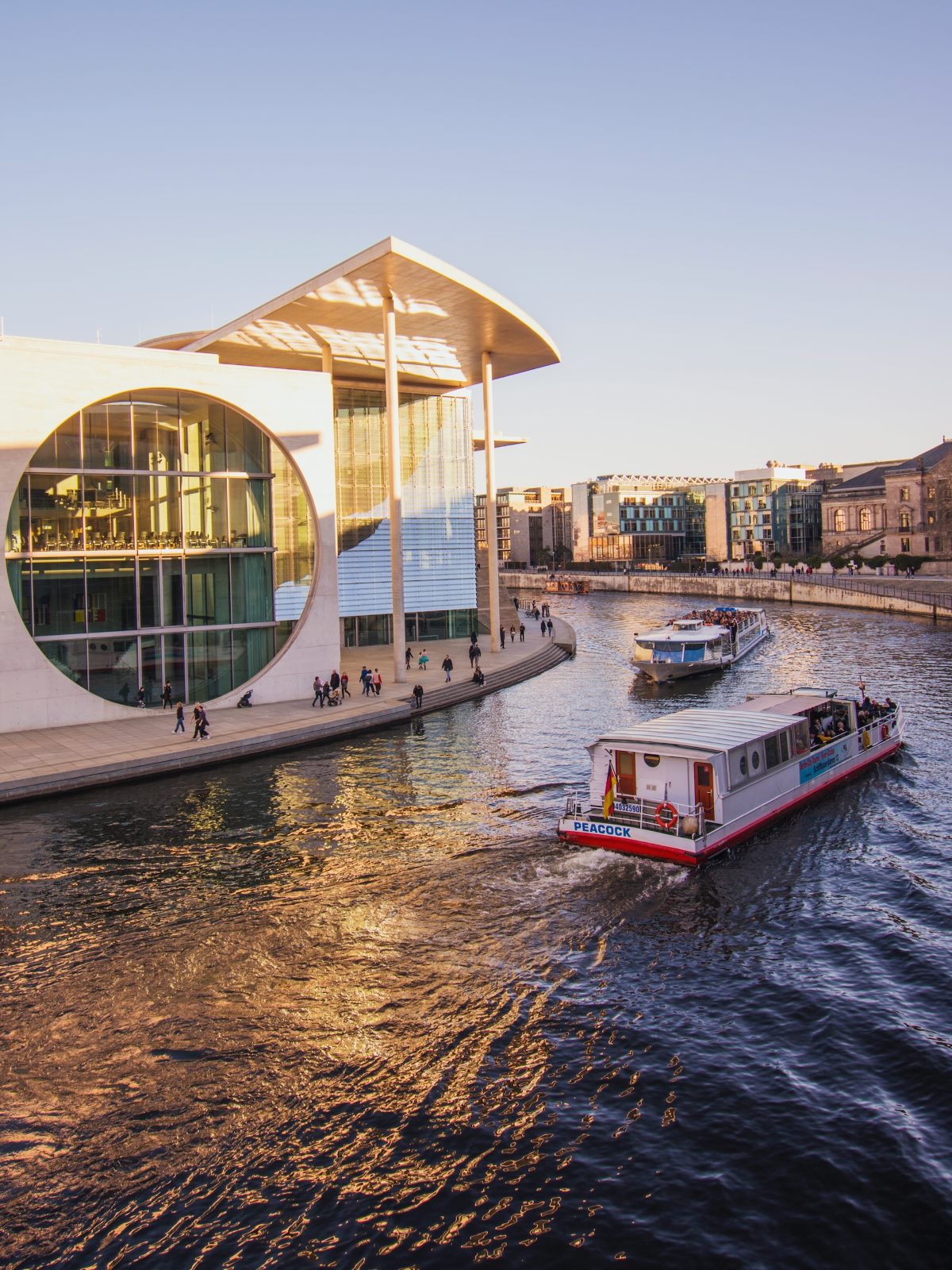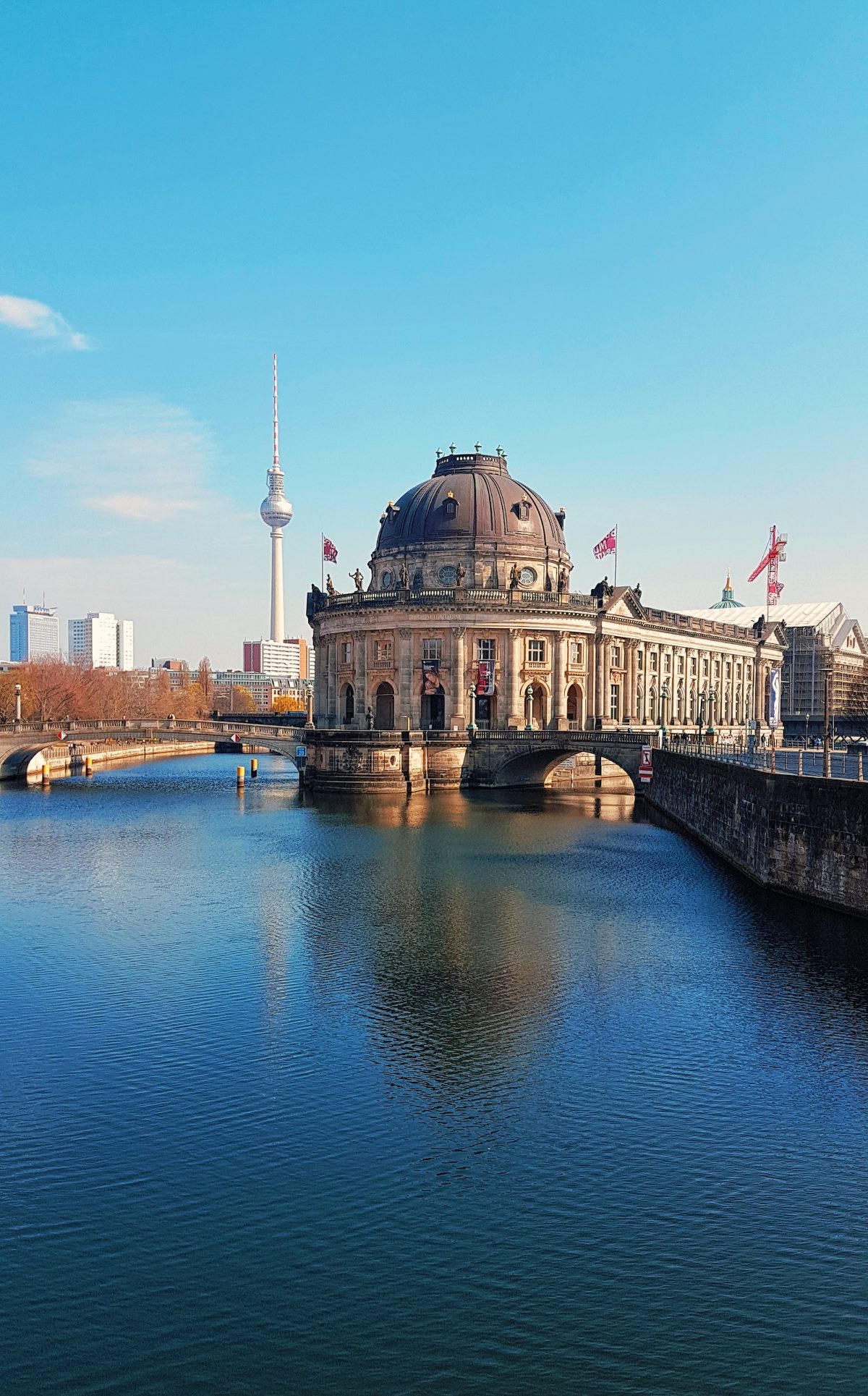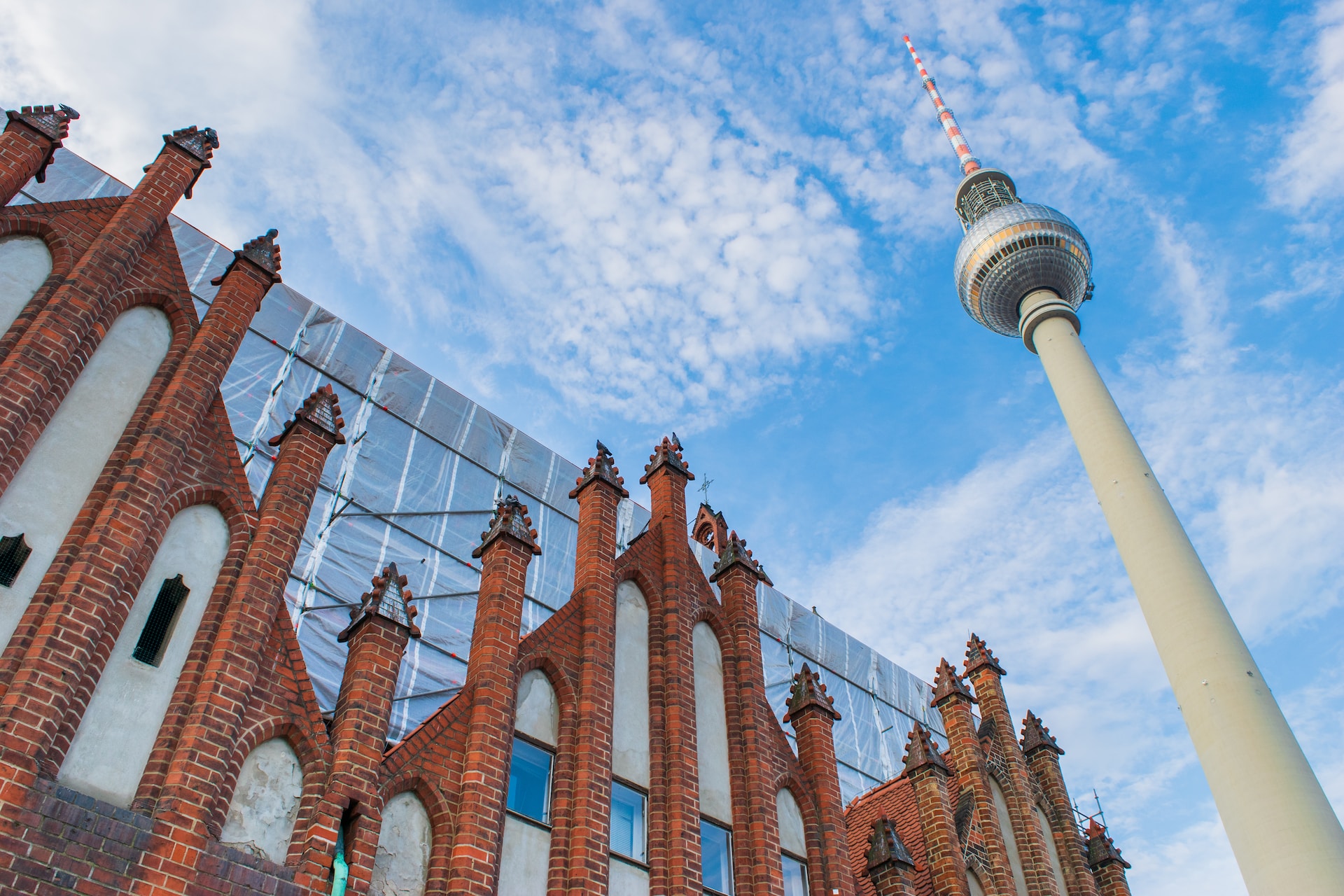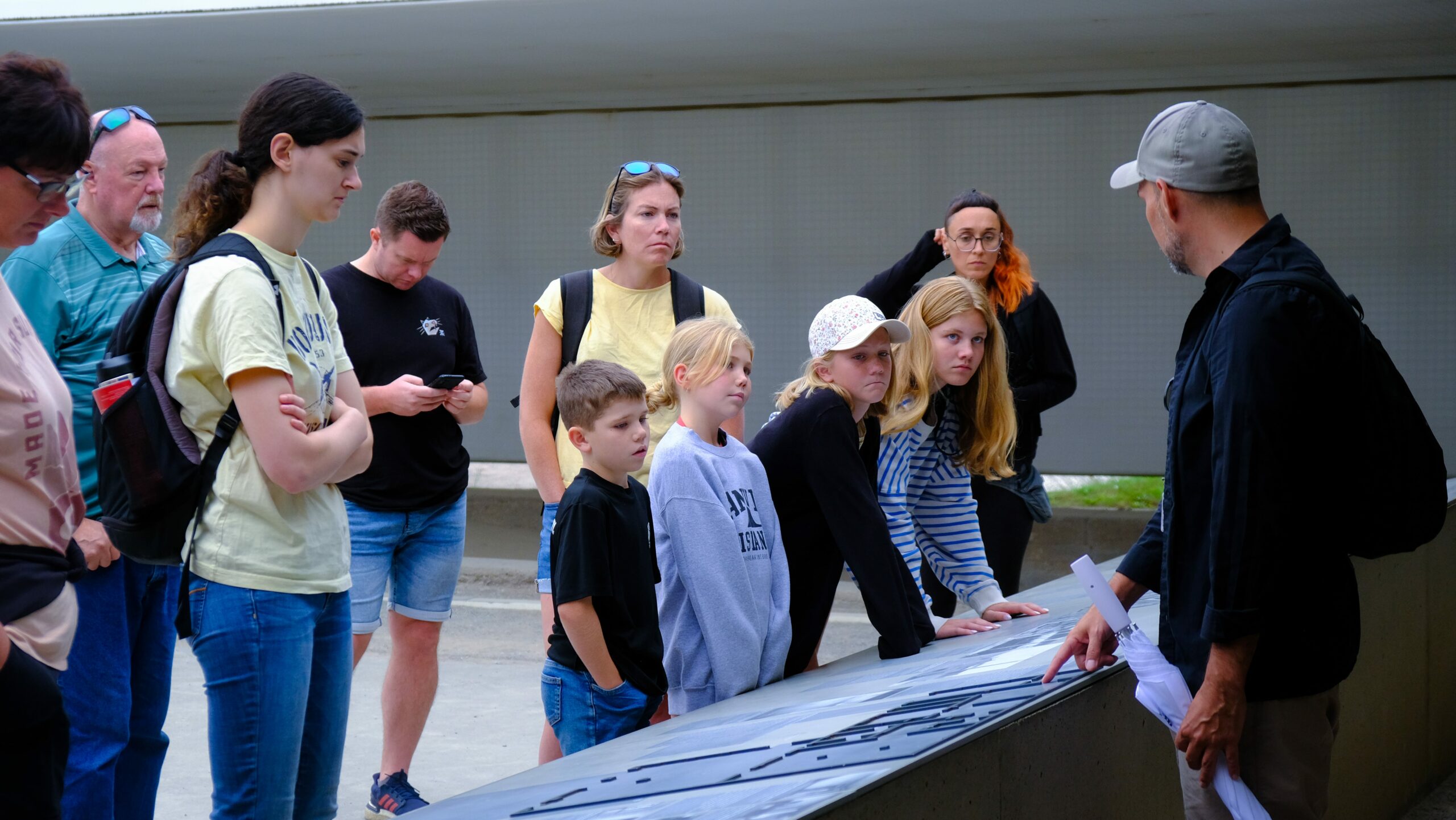Exploring German history demands acknowledgment of every Nazi-regime horror. The most sorrowful aspect of that period emerged through the creation and function of concentration camps. This piece examines essential information regarding concentration camps which existed in Berlin as it presents details on this historical black period.
1. Overview of Concentration Camps
During World War II the Nazi government built concentration camps to execute their plan of persecution that targeted Jews together with political disidents Romani individuals homosexuals and different minority groups. The facilities operated as facilities that managed prisoner detention and enforced work and committed mass executions.
2. Sachsenhausen Concentration Camp
Sachsenhausen served as one of the initial concentration camps built by the Nazis when the Nazis established it in Oranienburg near Berlin. Political dissidents became the first prisoners at this facility before the prison expanded its inmate base to include various demographic groups. The existence of Sachsenhausen spanned from 1936 up until Soviet soldiers conquered the camp in 1945. The Sachsenhausen camp kept approximately 200,000 prisoners before becoming a location where more than 30,000 detainees lost their lives.
Subsections:
2.1 Living Conditions
Prisoners in Sachsenhausen experienced absolutely terrible conditions of life. Weak prisoners faced overcrowded conditions as well as inadequate nutrition and severe diseases because of brutal SS guard mistreatment. Imprisoned individuals endured a hellish existence because of the deficient living conditions and ongoing terror faced at the camp.
2.2 Infamous Incidents
The “Station Z” execution facility at Sachsenhausen stood out as one of the notorious events which took place in the camp. Thousands of prisoners faced execution by gunshot wounds and lethal injections as well as hangings at this location. The guards wanted to instill both paralysis and paranoia in the prisoners.
3. Ravensbrück Women’s Concentration Camp
Ravensbrück operated as the biggest facility designed for females that the Nazis constructed approximately 56 miles beyond Berlin. The establishment opened as a prison in 1939 to hold political prisoners along with international women including Jehovah’s Witnesses and others. The Camp held more than 130,000 women and children prisoners as well as tens of thousands of prisoners lost their lives.
Subsections:
3.1 Medical Experiments
Ravensbrück developed into a space where medical atrocities were executed on imprisoned women. Doctor performers of these experiments displayed no regard for ethical conduct while making their victims suffer through pain and causing injuries which at times resulted in death.
3.2 Resistance and Liberation
The women at Ravensbrück demonstrated outstanding resistance as well as endurance although they experienced continuous hardship. Female prisoners created hidden organizations which distributed knowledge while they executed successful industrial disruptions inside the camp. The Soviet forces set free the camp in April 1945.
4. Visit Memorial Sites
Memorial sites based on Sachsenhausen and Ravensbrück operate with the purpose of honoring victims through educational programming about Nazi atrocities. Guests who visit these sites will experience both an emotional and educational experience because they teach us about Holocaust horrors while teaching us not to forget.
Conclusion
Both Sachsenhausen and Ravensbrück serve as Berlin’s memorial complexes which demonstrate the worsening conditions underneath Nazi oppression. Learning the essential information about these camps serves dual roles in building awareness and guaranteeing that such tragedies will not resurface. To fight ignorance and hatred we must both learn about these events and pay visits to these memorial sites while showing honor and respect to the victims.
Table of Contents




